- Joined
- Jul 3, 2004
- Messages
- 3,714
- Reaction score
- 531
- Location
- Here N There
- Website
- img24.photobucket.com
I am new to macro, just for the AF-S 105mm recently. Immediately I ran into a bunch of challenges that I need to learn to over come.
I take outdoor shots, in the natural environment of my subjects, usually frogs, bugs, lizards, hermit crabs etc. Basically, whatever I can find. Sometimes flowers too.
Here are some things I find difficult to over come.
1. Bugs move around, can't get short enough shutter speed with the aperture(DOF) that I want to work at.
2. Even when the bug isn't moving (eg.spider on a web), the wind causes to swing meaning I can't get a still shot.
3. It's really hard to not spook these creatures trying to get close enough. All but frogs and the dead.
Basically, what I lack is adequate light source, especially when it's sunset that these creatures come out.
So do you guys all shoot outdoors? How do you create enough lighting for still shots of moving subjects, especially with aperture settings like F25? How do you not spook your subjects yet being able to set up a tripod or something to capture the shot?
Any photo of your set up by chance?
Thanks!
I take outdoor shots, in the natural environment of my subjects, usually frogs, bugs, lizards, hermit crabs etc. Basically, whatever I can find. Sometimes flowers too.
Here are some things I find difficult to over come.
1. Bugs move around, can't get short enough shutter speed with the aperture(DOF) that I want to work at.
2. Even when the bug isn't moving (eg.spider on a web), the wind causes to swing meaning I can't get a still shot.
3. It's really hard to not spook these creatures trying to get close enough. All but frogs and the dead.
Basically, what I lack is adequate light source, especially when it's sunset that these creatures come out.
So do you guys all shoot outdoors? How do you create enough lighting for still shots of moving subjects, especially with aperture settings like F25? How do you not spook your subjects yet being able to set up a tripod or something to capture the shot?
Any photo of your set up by chance?
Thanks!


 Seriously, I live in the valley at the foothill of the Smoky Mountains. There is almost ALWAYS wind to deal with here. You just learn to time your shots. Go ahead and get your settings and your focus right on a couple of test shots, then WAIT...when the wind dies down, and the flower/critter gets still for a second, SNAP.
Seriously, I live in the valley at the foothill of the Smoky Mountains. There is almost ALWAYS wind to deal with here. You just learn to time your shots. Go ahead and get your settings and your focus right on a couple of test shots, then WAIT...when the wind dies down, and the flower/critter gets still for a second, SNAP.
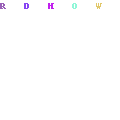
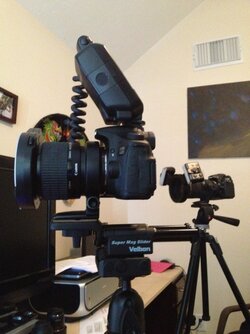
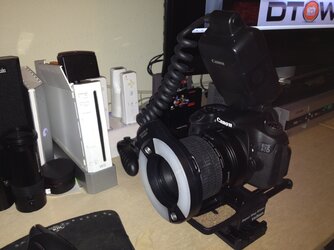
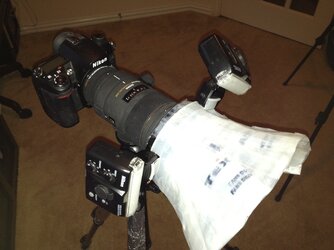




![[No title]](/data/xfmg/thumbnail/36/36301-27972c0474532c2ef657014362950733.jpg?1619737495)

![[No title]](/data/xfmg/thumbnail/36/36303-10b1a386a9a00cf90fb7605d2d2c48c1.jpg?1619737497)
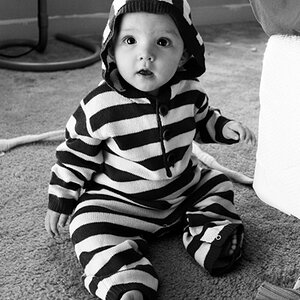
![[No title]](/data/xfmg/thumbnail/30/30994-49c5521f7b5b417f49dcd43891cbec27.jpg?1619734557)
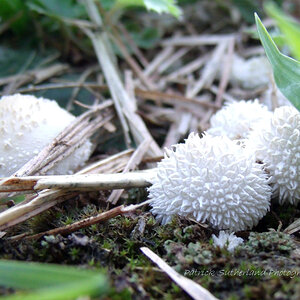
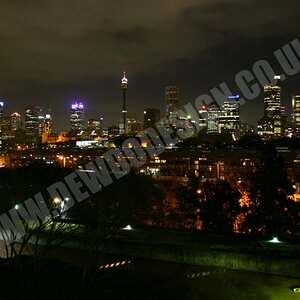
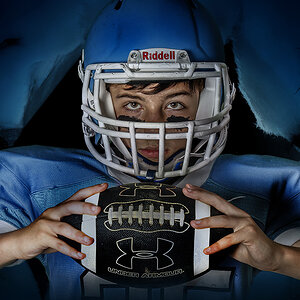
![[No title]](/data/xfmg/thumbnail/39/39448-28e9a5e96080f7edcaf8e4226d8a0a6c.jpg?1619739036)
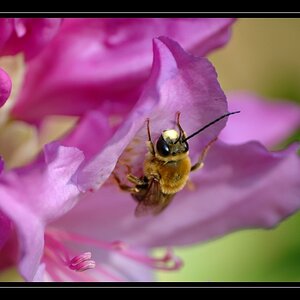
![[No title]](/data/xfmg/thumbnail/32/32929-22e23acc63d6ecb25e5ee941be87121f.jpg?1619735758)
![[No title]](/data/xfmg/thumbnail/30/30992-773558233723ab0d28c307a97a1a2427.jpg?1619734556)